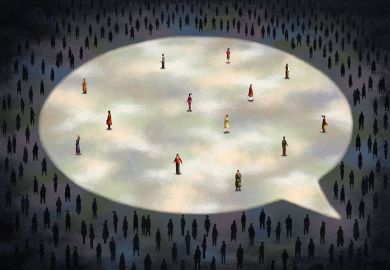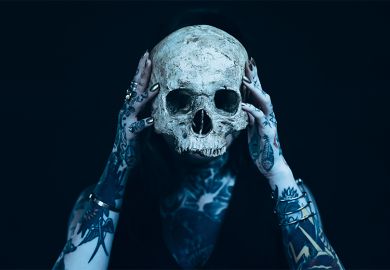This is more than simply a book about Henry James, although it is certainly not the treatment of "five American authors and a few of their British counterparts" claimed at the outset. Four chapters are devoted to James and he is the spectral master of the final two, in which Willa Cather, Oscar Wilde, Gertrude Stein and Ernest Hemingway figure.
A weary sense of déjà vu might frame the initial response of a reader encountering yet another study of James within a gender and queer-theory paradigm, and Eric Haralson has to work hard at times to distance himself from Hugh Stevens' Henry James and Sexuality (1998), a monograph also published by Cambridge University Press. Within a context of critical exhaustion, Haralson was ill advised to include a chapter on a text that has fallen victim to hermeneutical excesses, The Turn of the Screw . The chapter fails to take account of the work of Alan Lloyd Smith, for one, on child abuse.
Haralson has unevenly yoked together the material for two books here: one (substantially realised) involves the evolution of James as a queer writer and his literary exploitation of the collateral problematics of it all; the other, more firmly anchored in notions of "modernity" (and tantalisingly embryonic) has, potentially, Cather, Stein and Hemingway as its main protagonists. Cather, Haralson argues, had in common with James a conflicted "interest in dramatising the fate of masculinities against the grain" and uses James, "just manly enough", as a buttress against the "extravagances of Wilde".
What controls Haralson's argument, as he moves into considering relations between Hemingway's doomed hypermasculinity and the "continual concessions to normativity" it entailed, is his sense of the "steady tendency toward reading gender ambiguity as deviance" and "reading such deviance, in turn, as strong circumstantial evidence of homosexuality". Hemingway, not only in The Sun Also Rises but in the neglected The Torrents of Spring , reads "queerness back into James".
The book is weakened by succumbing to the fallacy that a sequence of texts, over time, compels a narrative. "Dissident modes of masculinity" in Roderick Hudson and The Europeans , are followed by "flirtations with alternative styles of masculinity" in The Tragic Muse and the "registration of homophobic politics" in The Turn of the Screw . The representation of Strether in The Ambassadors is the holy grail of this narrative-cum-quest in that his "sympathetic masculinity" has homosexual "bearings" rendered more or less imponderable by an ambivalent sex appeal to women in the novel. Resisted here, for Haralson, are the "rigidifying grids of the modern sex/gender system".
What fails to convince is the convenient proximity of a metanarrative routinely resorted to since the work of Jeffrey Weeks: it involves what Haralson terms the "intricate process of cultural articulation and social regulation", and the mantra-like invocation of the 1885 Criminal Law Amendment Act and 1895 Wilde trials.
Cavils aside, there are scintillating readings in Henry James and Queer Modernity , not least of Roderick Hudson , The Tragic Muse and The Ambassadors . These are combined with shrewd insights, considerable erudition and writing of rare panache.
Peter Rawlings is associate head of the School of English and Drama, University of the West of England.
Henry James and Queer Modernity
Author - Eric Haralson
Publisher - Cambridge University Press
Pages - 265
Price - £40.00
ISBN - 0 521 81394 8



